What Are Daily Trainers For Running?
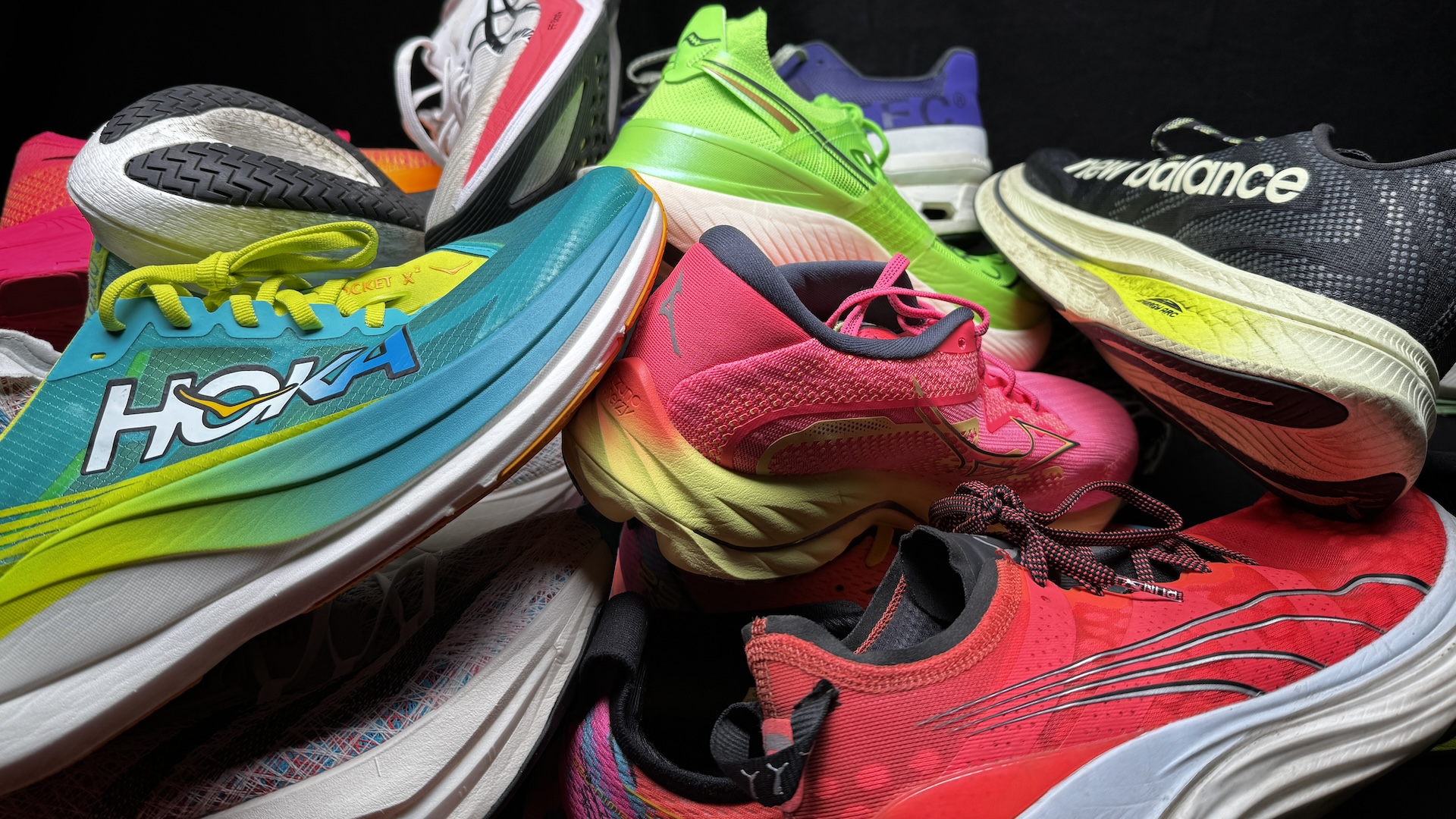
Your daily trainer is probably the most important shoe in your running shoe rotation.
You might have some trail running shoes, one with a carbon plate for racing, perhaps a fast day workout shoe, but your daily trainer is that ever-reliable pair that you wear for most of your miles. If you only want one pair of running shoes, then a great daily trainer is all you need.
In this we’ll tell you what makes a great daily trainer running shoe, explain different types of daily trainers, look at whether you can run a marathon in daily trainers, and whether you need a running shoe rotation.
WHAT MAKES A GREAT DAILY TRAINER?
A great daily trainer running shoe is something that you’ll wear for much of your monthly mileage, and it’s the shoe you should be happy grabbing for almost every run. It should be comfortable, reliable, durable, and versatile.
That versatility means it’s a shoe you can wear whether you’re running 5km or 30km. It’s capable of feeling good at your normal easy running pace, but also works if you want to run a little faster.
Every main running brand has their own daily trainer lines, including: Nike Pegasus, New Balance 1080, PUMA Deviate Nitro, Asics Superblast, On Cloudrunner, Hoka Clifton.
WHAT TYPES OF DAILY RUNNING SHOES ARE THERE?
While this is a general category of shoe, there’s a lot of variety within it. Different runners have different preferences for their running, and there are daily trainers out there to suit all feet and all running styles.
You can find daily trainers which are firm and others which are soft. Some are more lightweight and responsive, some have stability built into them, and you can find shoes with more midsole height, weight and cushioning to them.
Head down to a running store to try on a few pairs to see which feel best on your feet.
WHAT ARE THESE SHOES BEST FOR?
The best use of these shoes will be for you everyday slower-paced runs. They work for the base mileage that you run on the road, treadmill or light off-road paths. You want to be able to put these shoes on, tie them up, head out the door and not think any more about what’s on your feet because you’re comfortable and happy.
As well as your normal easier runs, ideally these shoes will feel good if you’re running at a variety of paces, including faster tempo runs or intervals (even though the weight and comfort in these isn’t a typical fast day shoe).
If you only want one pair of trainers for all of your runs, then these are the ones we’d typically recommend.
SO THEY’RE A ‘JACK OF ALL TRADES, MASTER OF NONE’?
Kind of, yes. Daily trainers should be able to do everything pretty well. An easy 20 minute jog, a tempo workout, a run over light trails, your weekend long run, a few laps of the track… Sure, it can do them all, though there are other types of shoes which might better suit some of those runs, like the faster workouts and trail runs.
CAN YOU RUN A MARATHON IN DAILY TRAINERS?
Yes, you can! And you’ll see lots of runners wearing these for their marathon. They are the kind of shoes you can wear all through your training and to race day. If you’re comfortable wearing them for 26.2 miles, then go for it!
WHAT CAN’T YOU WEAR DAILY TRAINERS FOR?
You wouldn’t want to wear these on muddy and sloppy trails, but otherwise they’re fine for everything!
ARE DAILY TRAINERS THE SAME AS ‘EASY DAY’ SHOES?
Yes! That’s this kind of shoe, although there’s also another category that crosses over between daily and easy: max-cushioned shoes.
ARE MAX-CUSHIONED SHOES ALSO DAILY TRAINERS?
Max-cushioned shoes are similar to daily trainers, only they tend to have more cushioning and often more stack height (so lots of foam under foot). They can be bigger and heavier than a typical daily trainer, so work for all your slower runs (especially if you like a shoe with more comfort), but they might not be the best choice for faster runs or light trails (the height might make them unstable).
Good examples include: New Balance More, Hoka Bondi, On CloudEclipse, Brooks Ghost Max, Nike Invincible.
HOW MANY MILES CAN YOU RUN IN A DAILY TRAINER?
These shoes should be designed to be durable and long-lasting, and while there’s no set number of miles that you should get from a shoe, we think that these should last at least 300 miles, and hopefully more than 500 miles (and there’s no upper limit – if you’re happy running in them, then carry on).
However, if the shoes become uncomfortable for you, if they start to affect the way you run, or if they cause discomfort, then it might be time to get a new pair.
ARE DAILY RUNNING SHOES EXPENSIVE?
Good question, and these shoes vary in price. Some will be in the higher price range (£160+) while others will be in a lower price range (around £100, especially when reduced in sales), so there are shoes which can fit a variety of budgets. There’s a daily running shoe for every type of runner, and every budget.
DO YOU NEED A RUNNING SHOE ROTATION?
No, not really, and that’s what makes daily trainers so good for many runners: with them, we may only need one pair which can work for lots of different types of running, over different distances. If you don’t do many faster workouts or trail runs, then a daily trainer can be your go-to all-rounder for everything from training to racing.
But if you like to run faster workouts then the stable comfort, softer foam and heavier weight in a daily trainer isn’t best suited to that, so you might want a fast day/tempo shoe or a carbon plate racing shoe. And if you run on trails then you’ll probably want specific trail shoes which have grip and structure for those surfaces.
There’s also some research which suggests it’s good to run in a few different types of shoes (assuming they are all comfortable for you) as it can help strengthen your feet and legs, and reduce injury risk.
Do you have a favourite daily trainer that you always reach for?
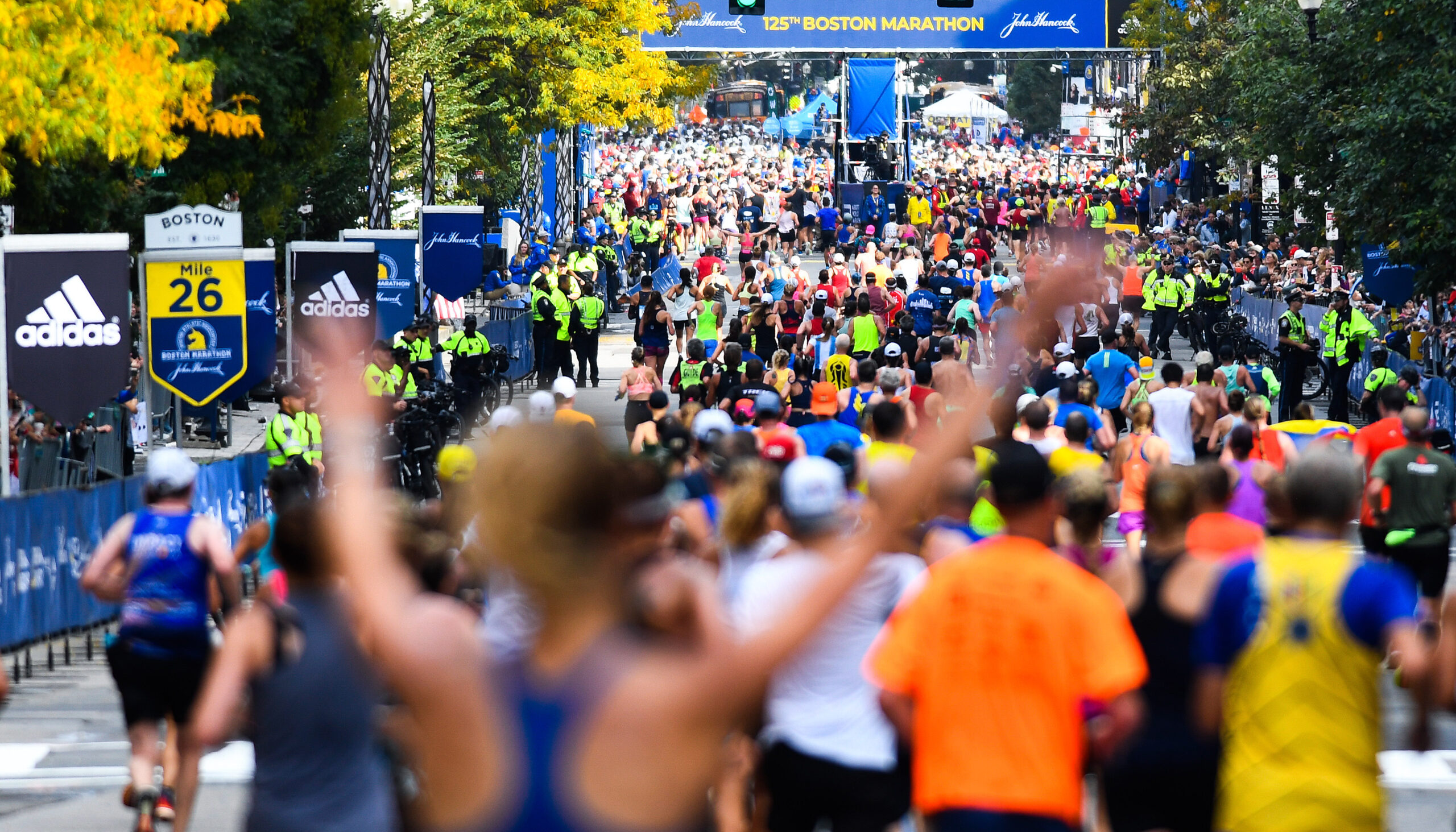
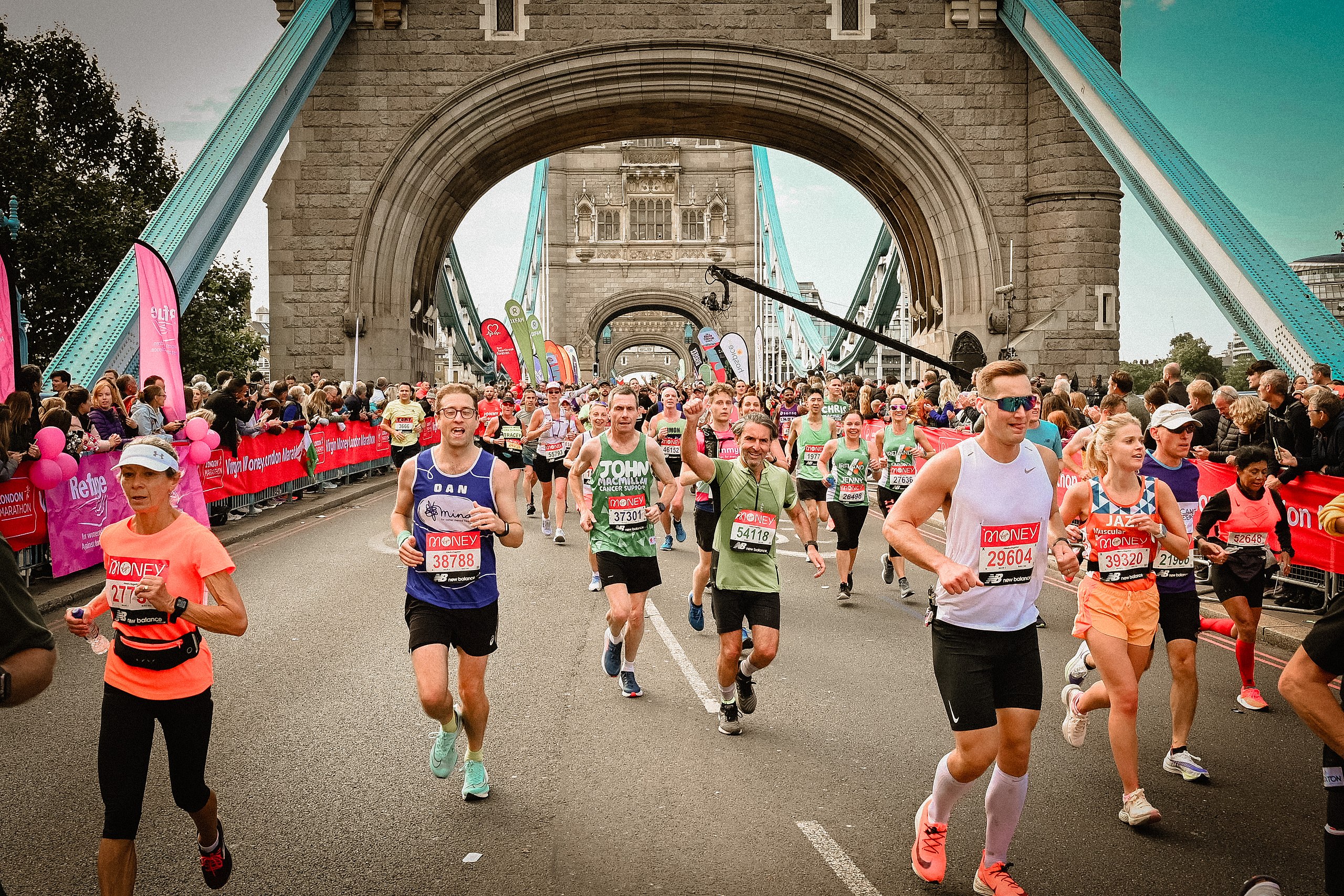
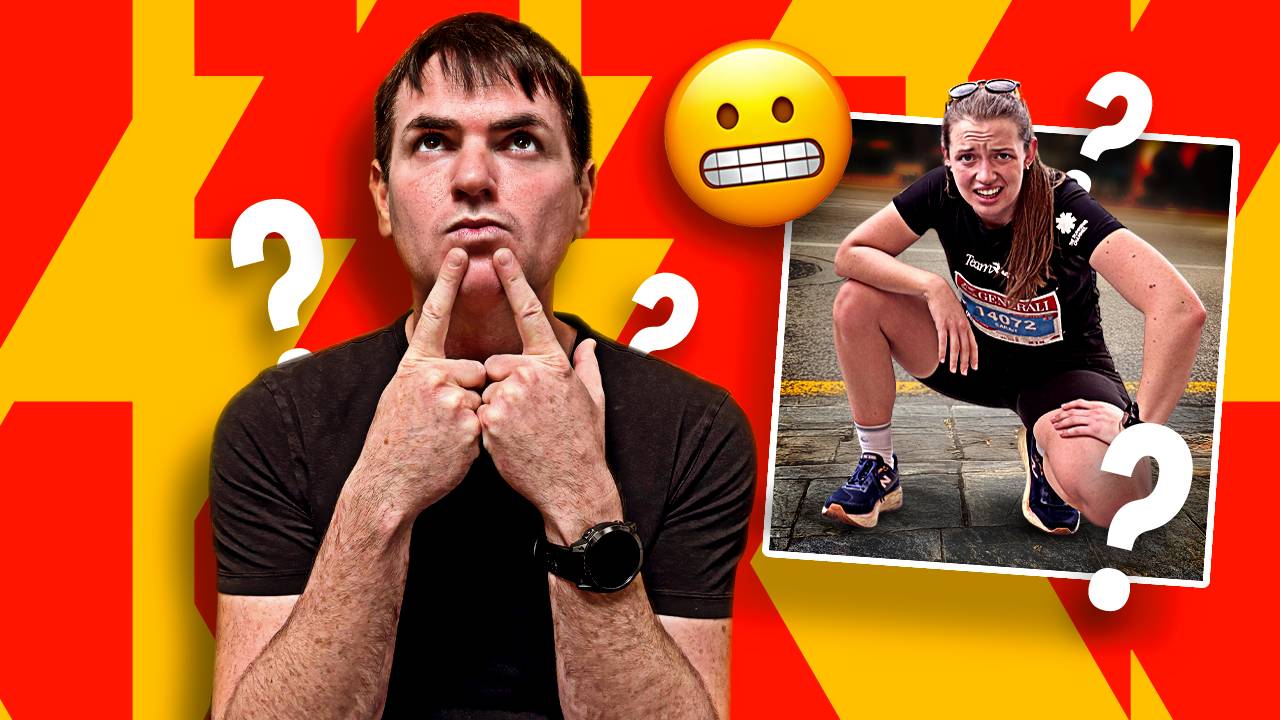


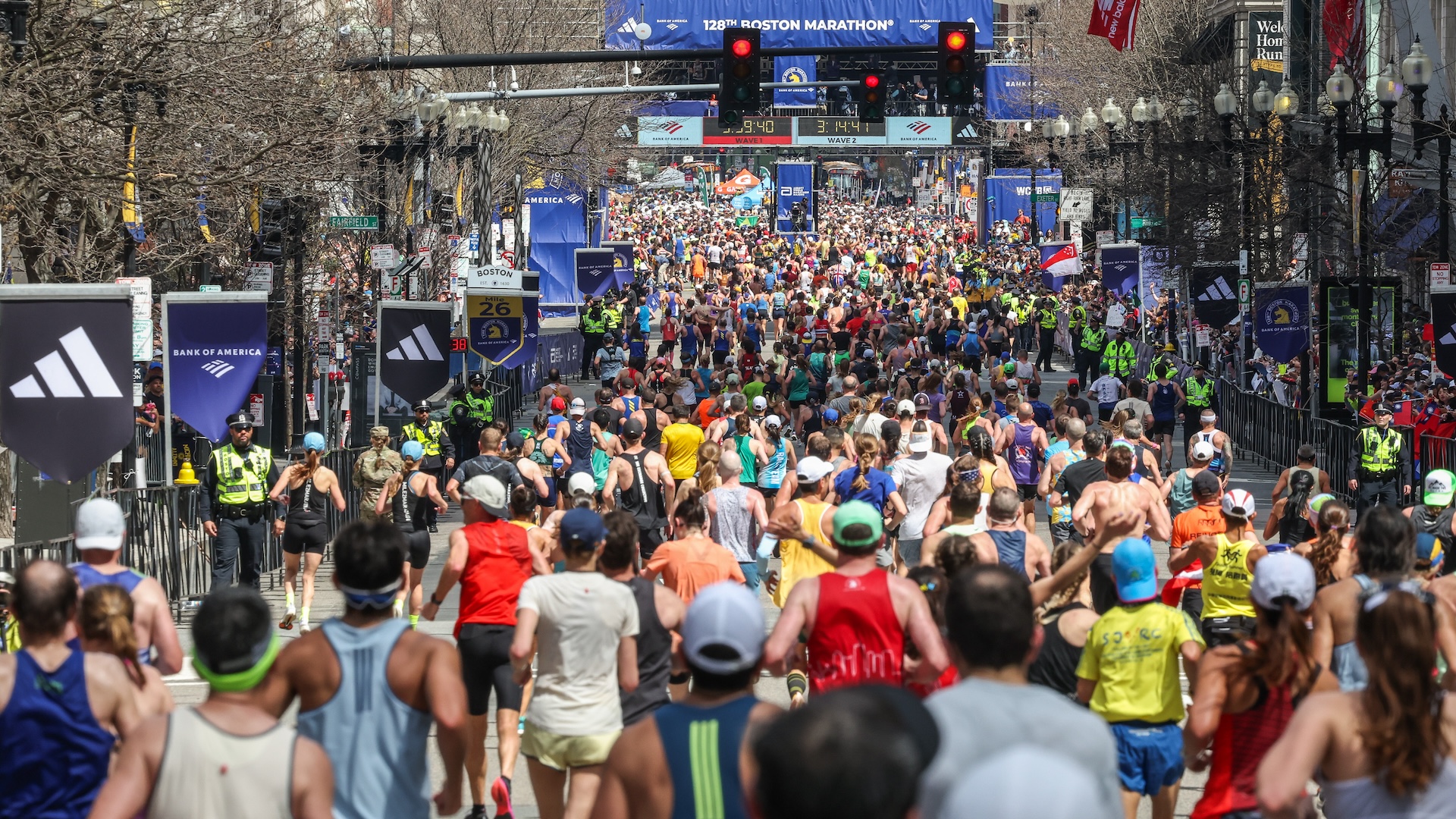
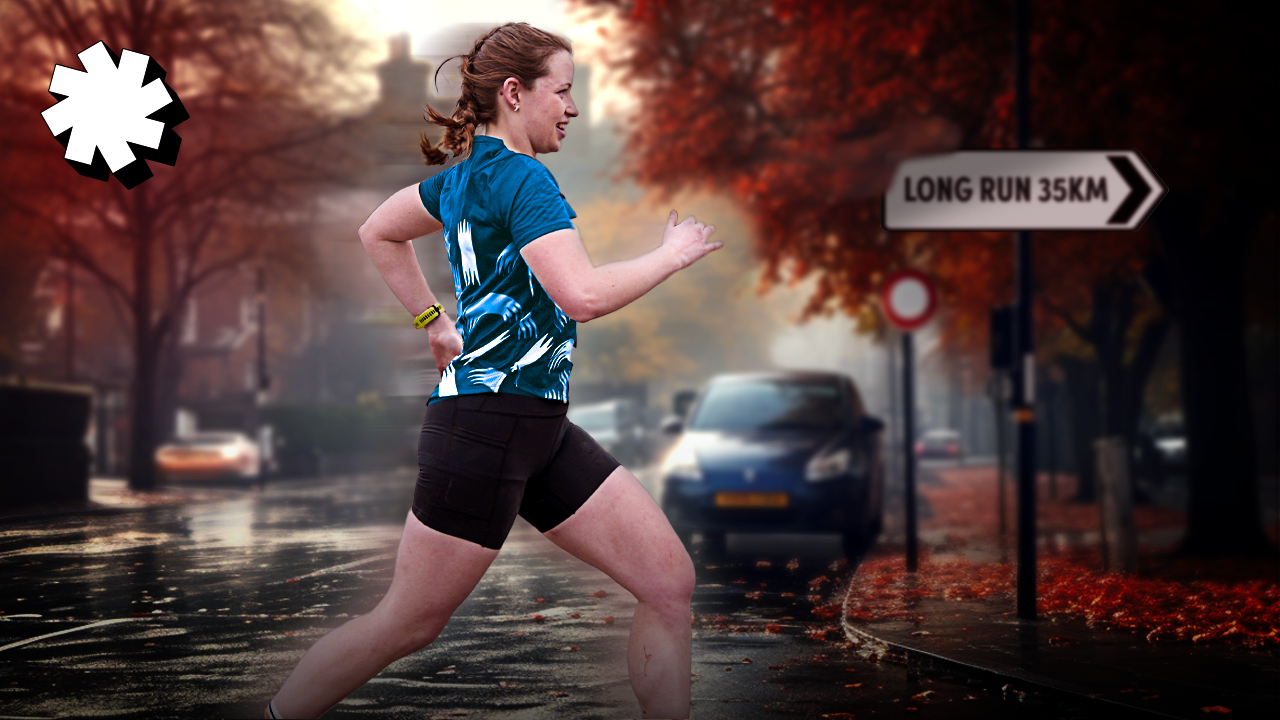
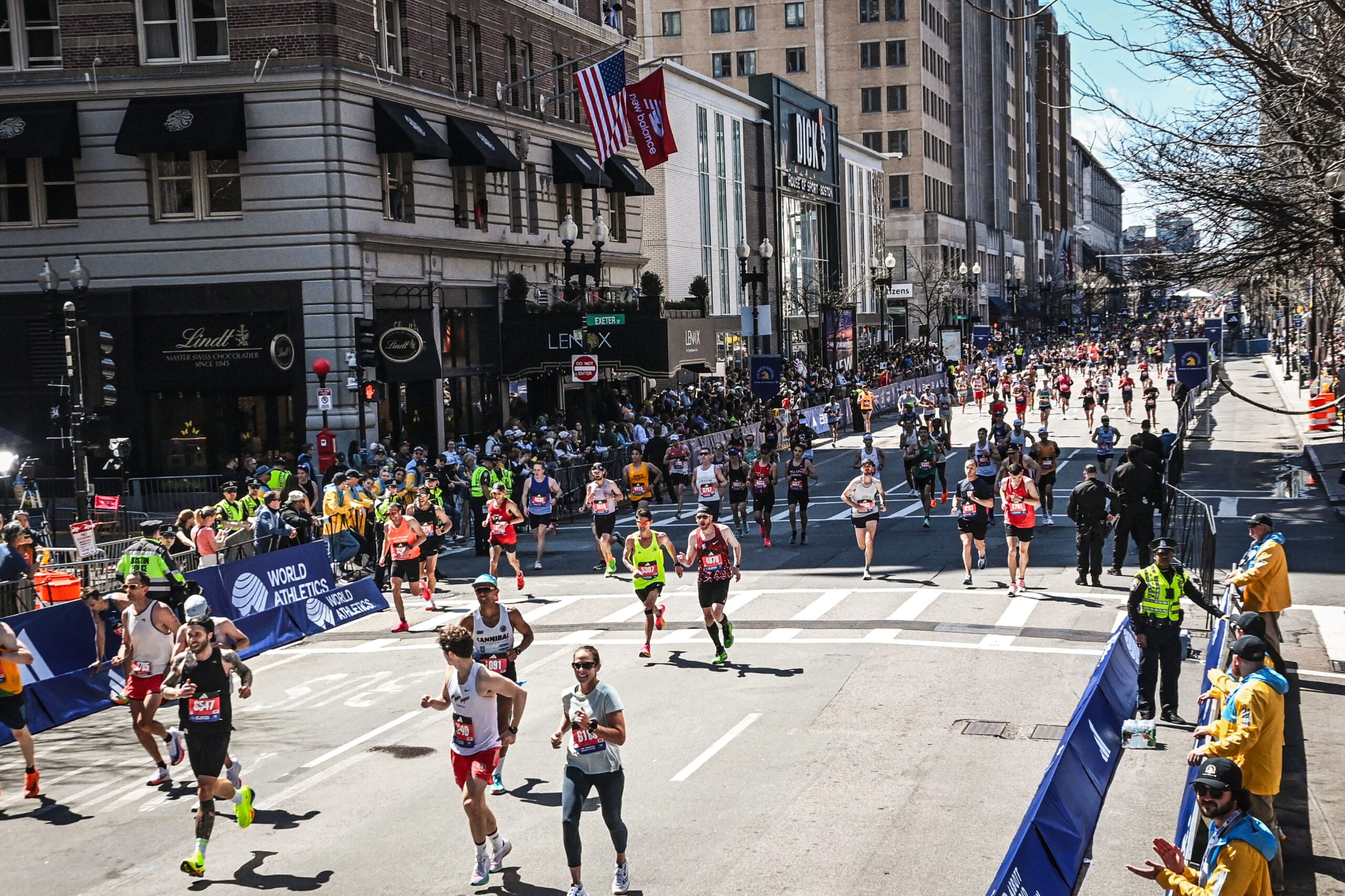
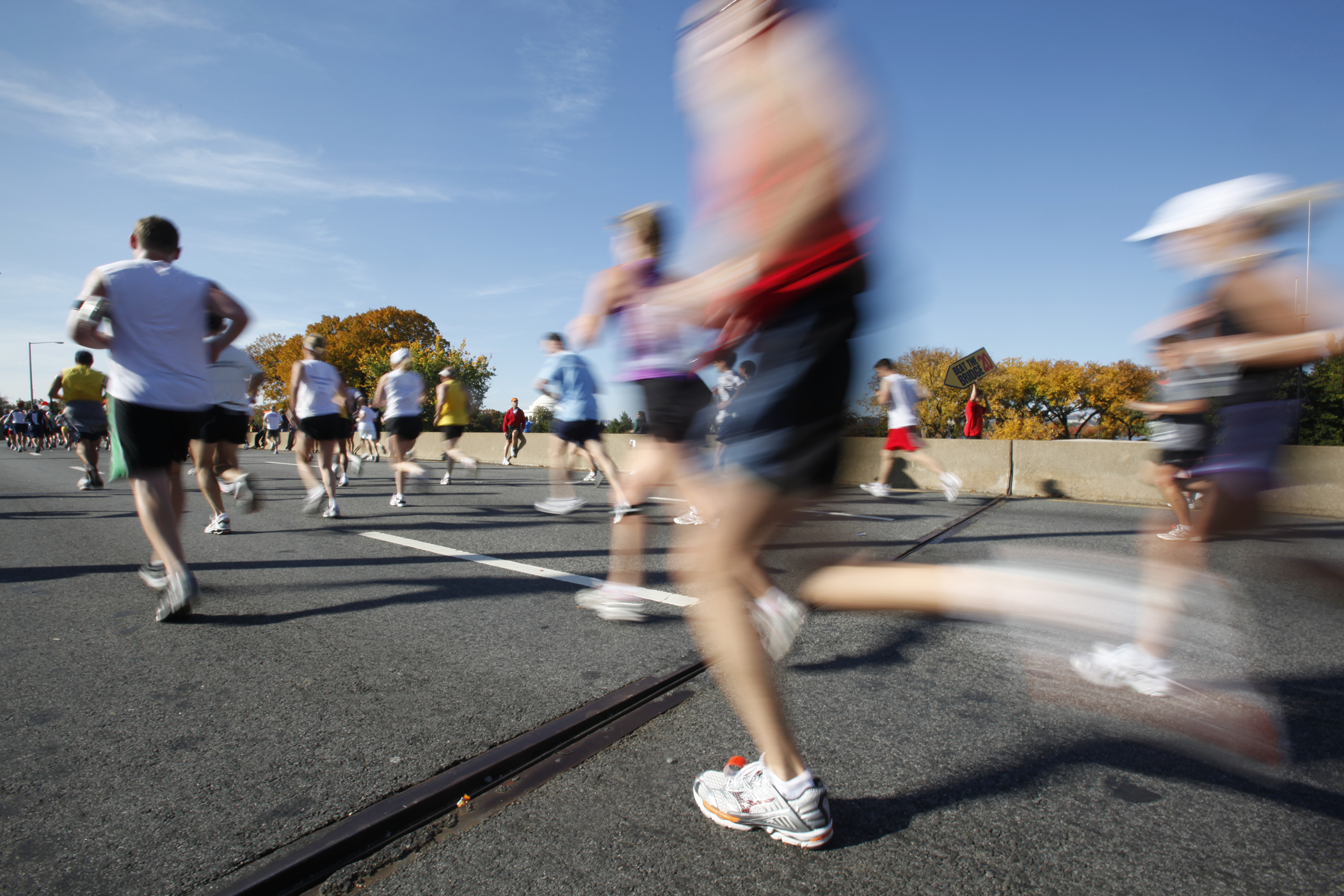

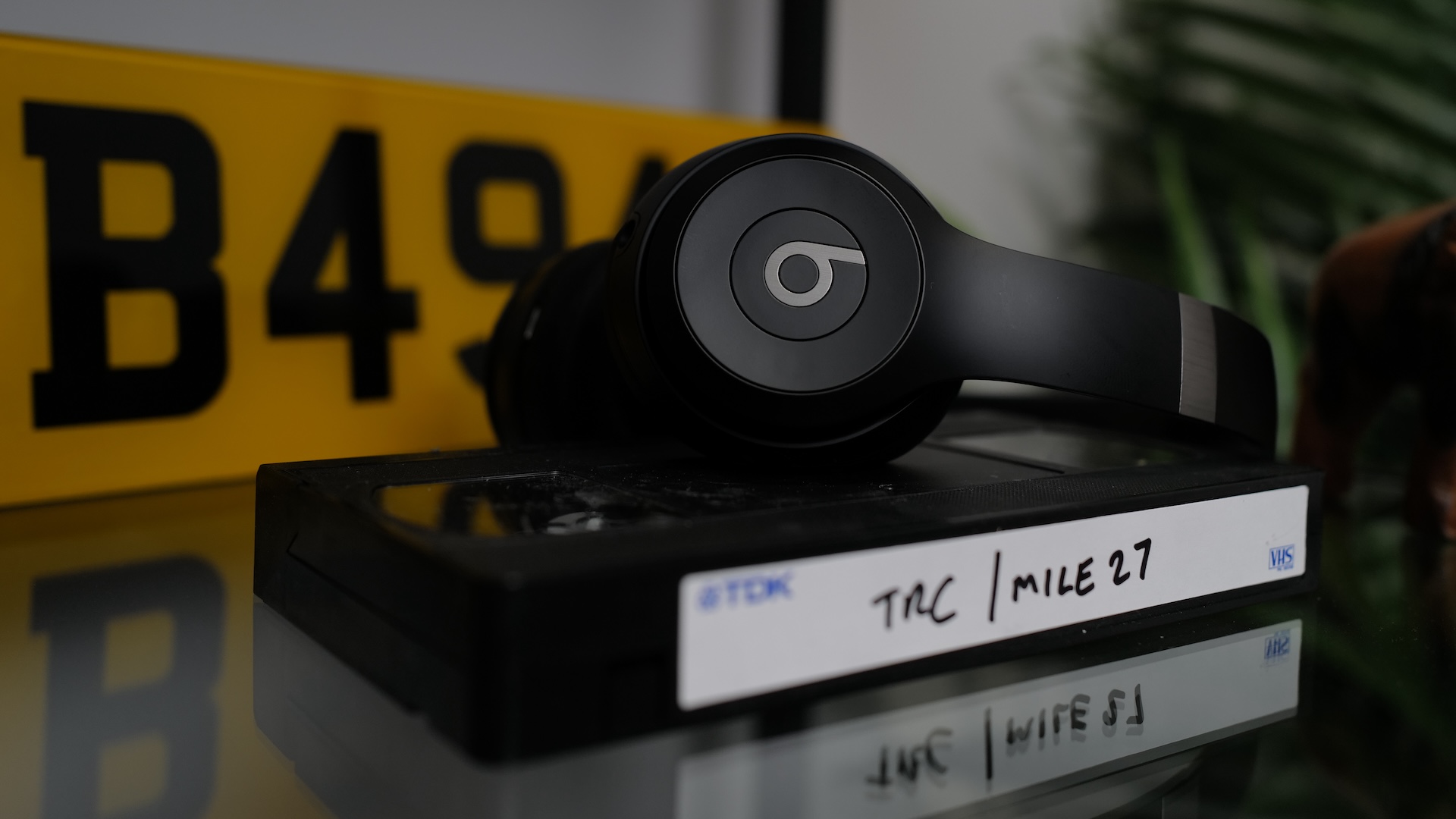

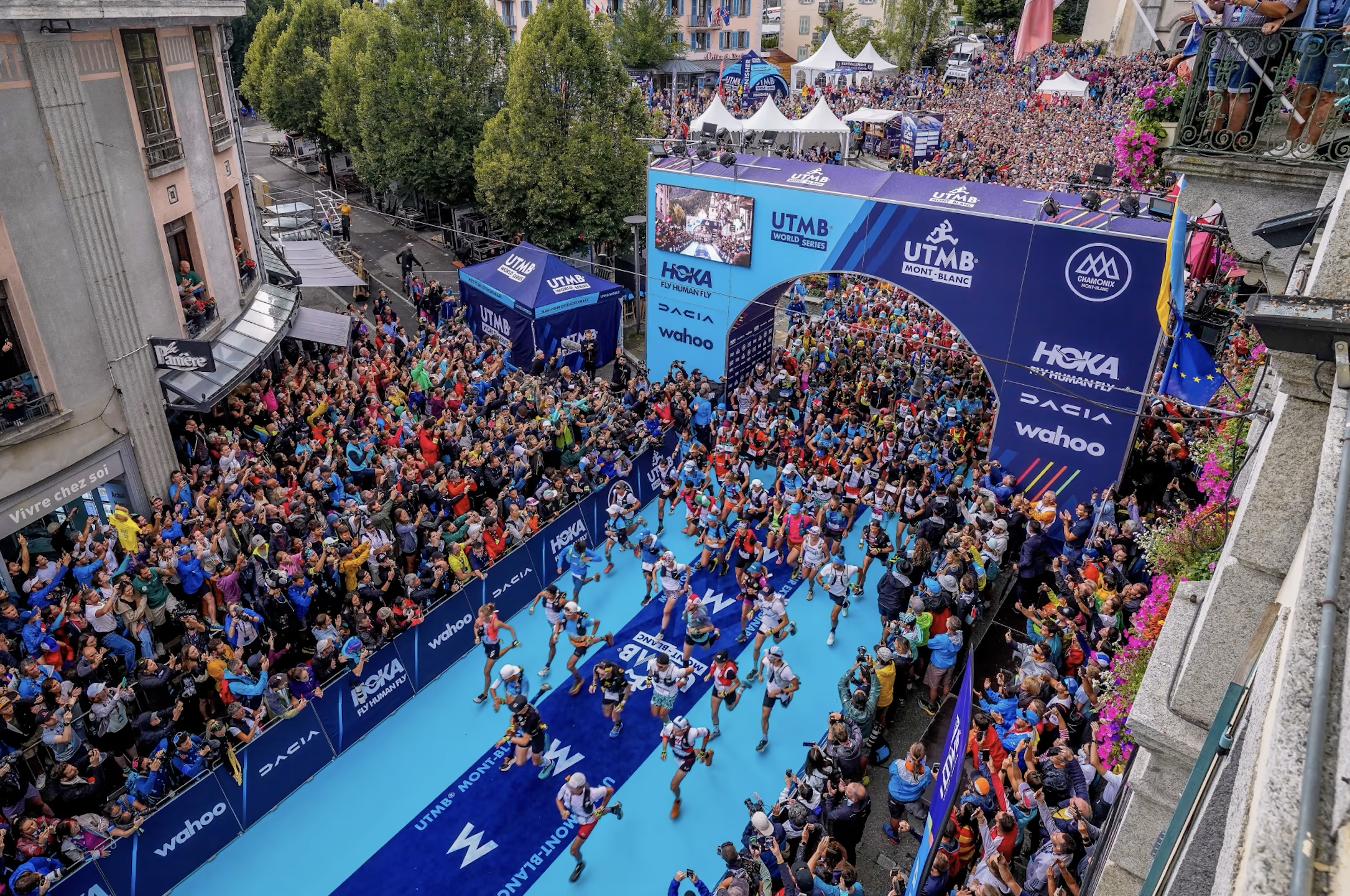
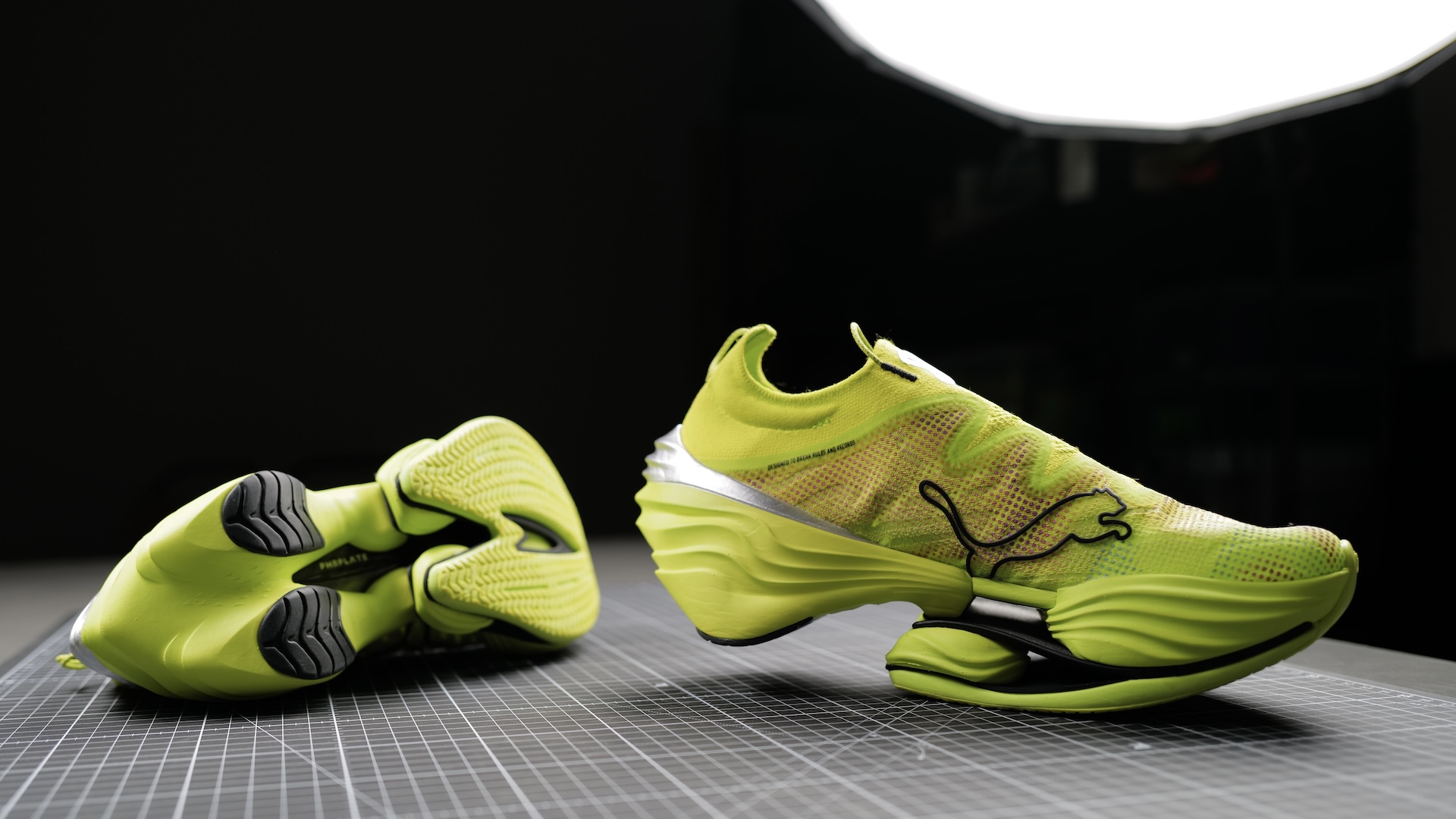
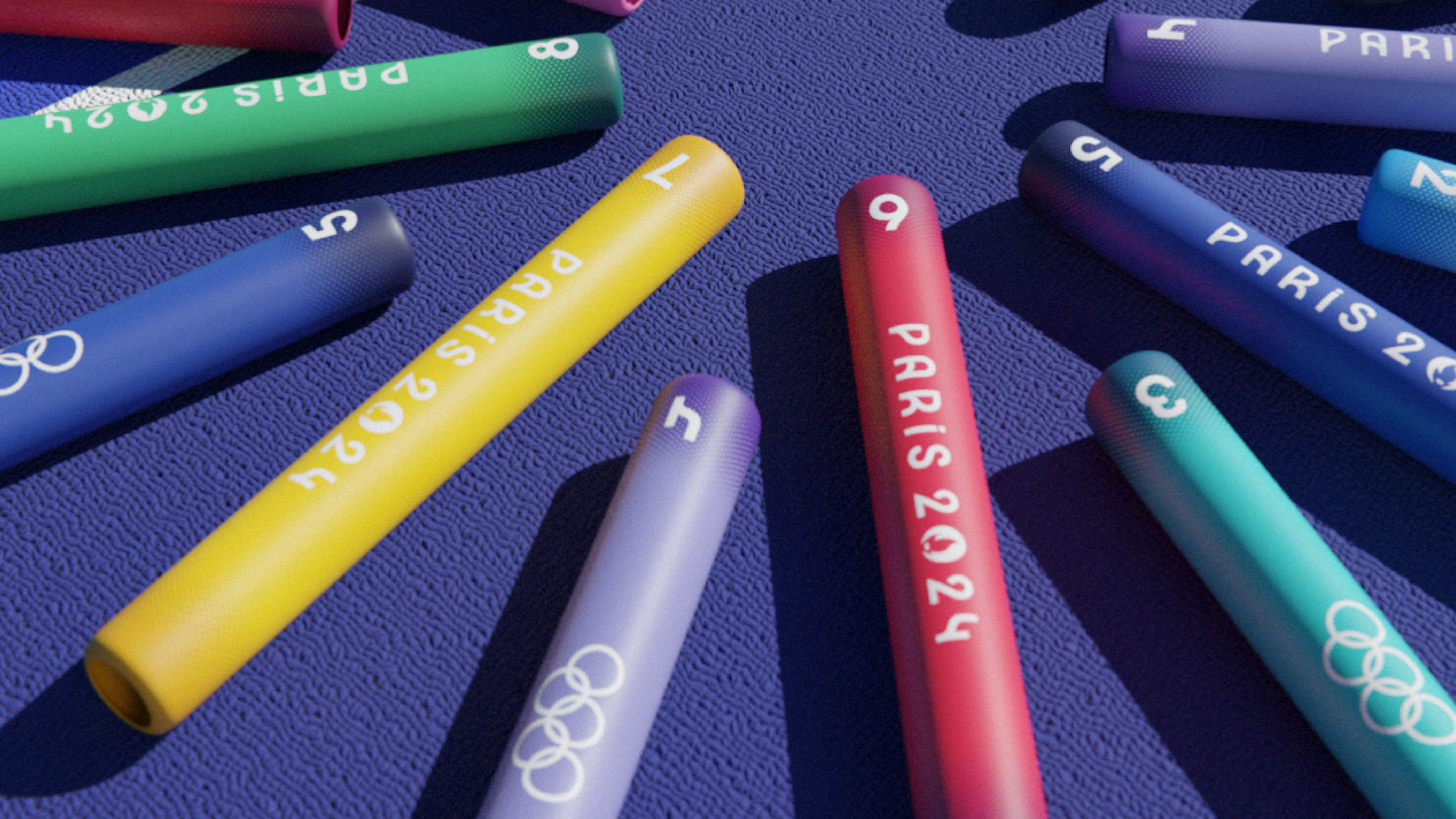
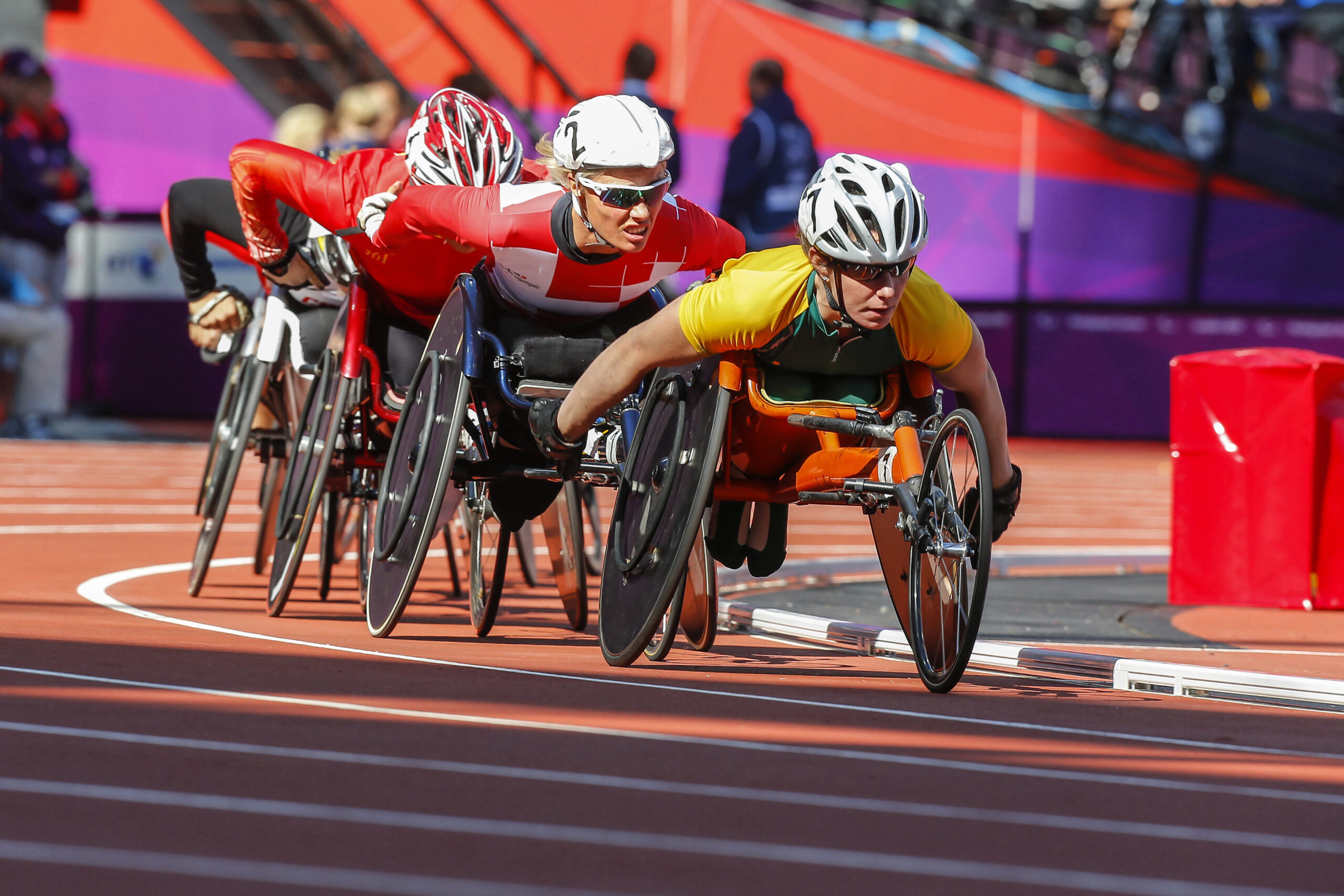
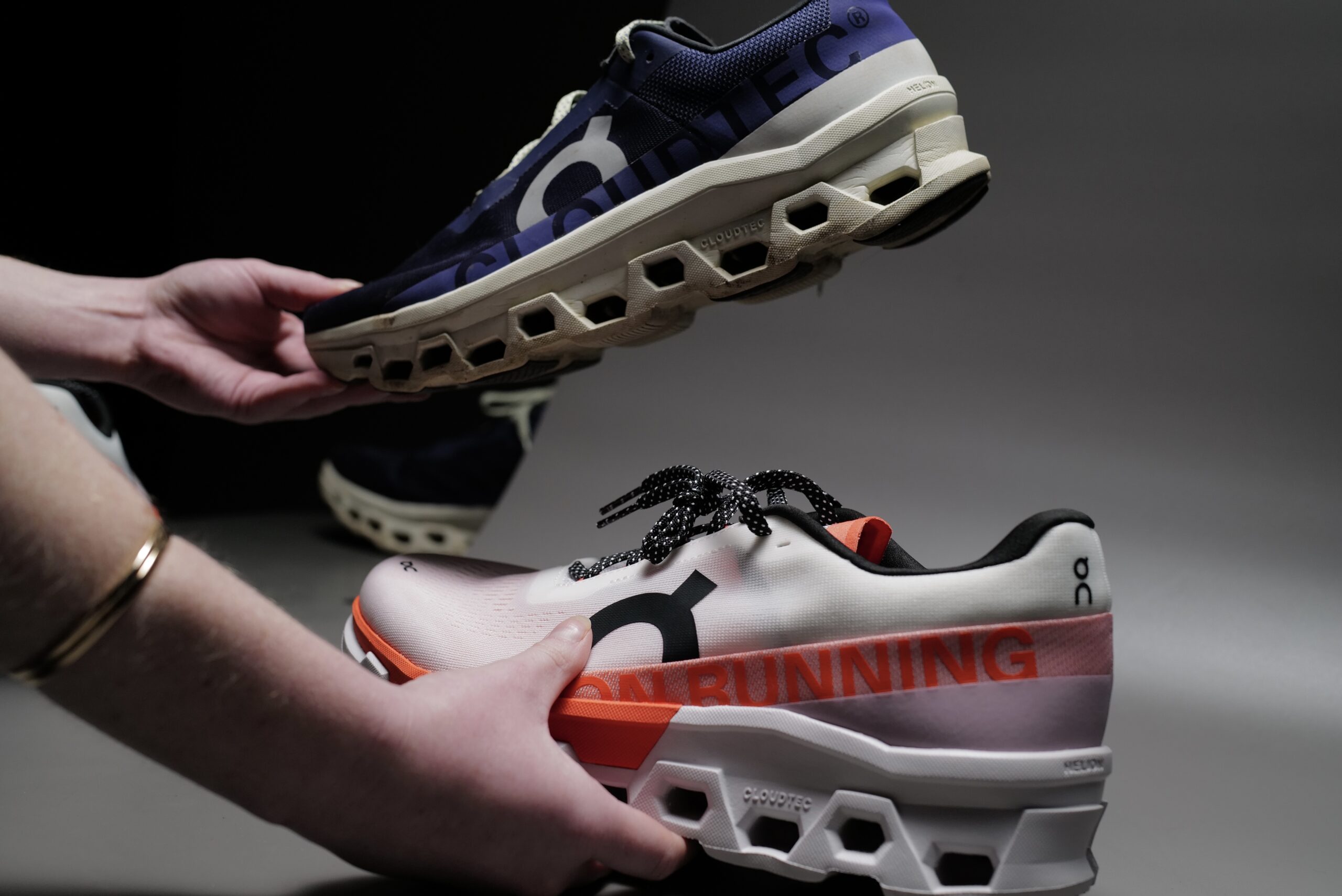
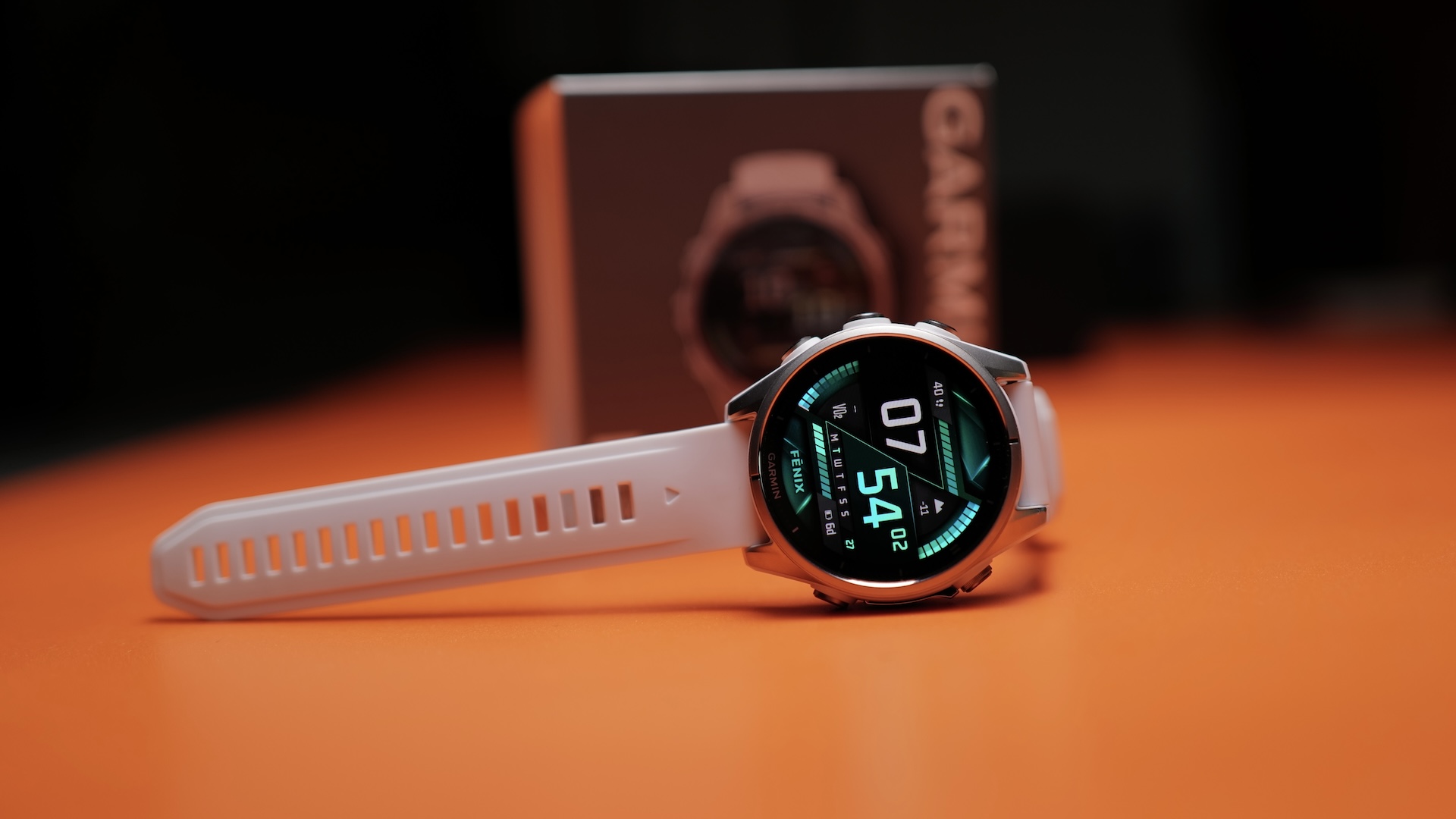

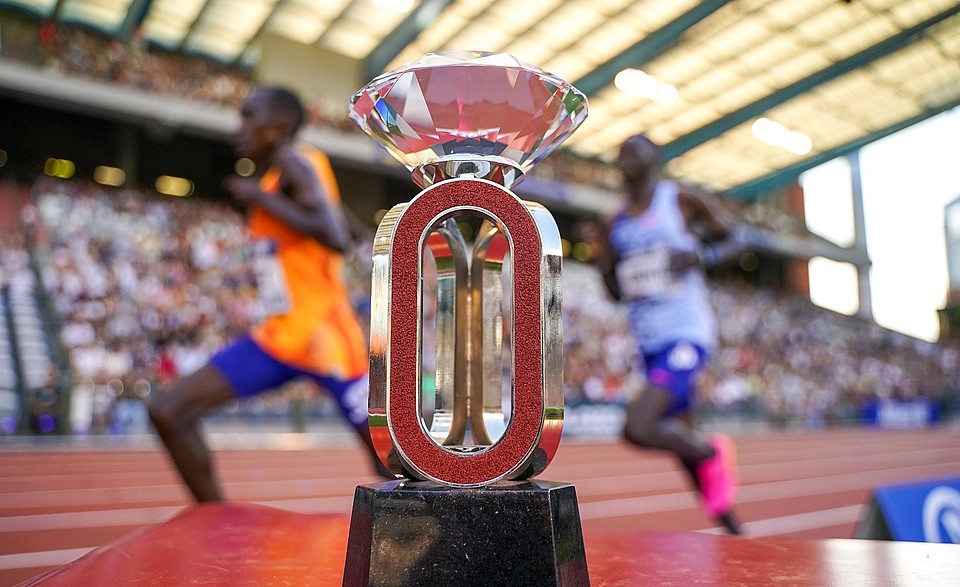

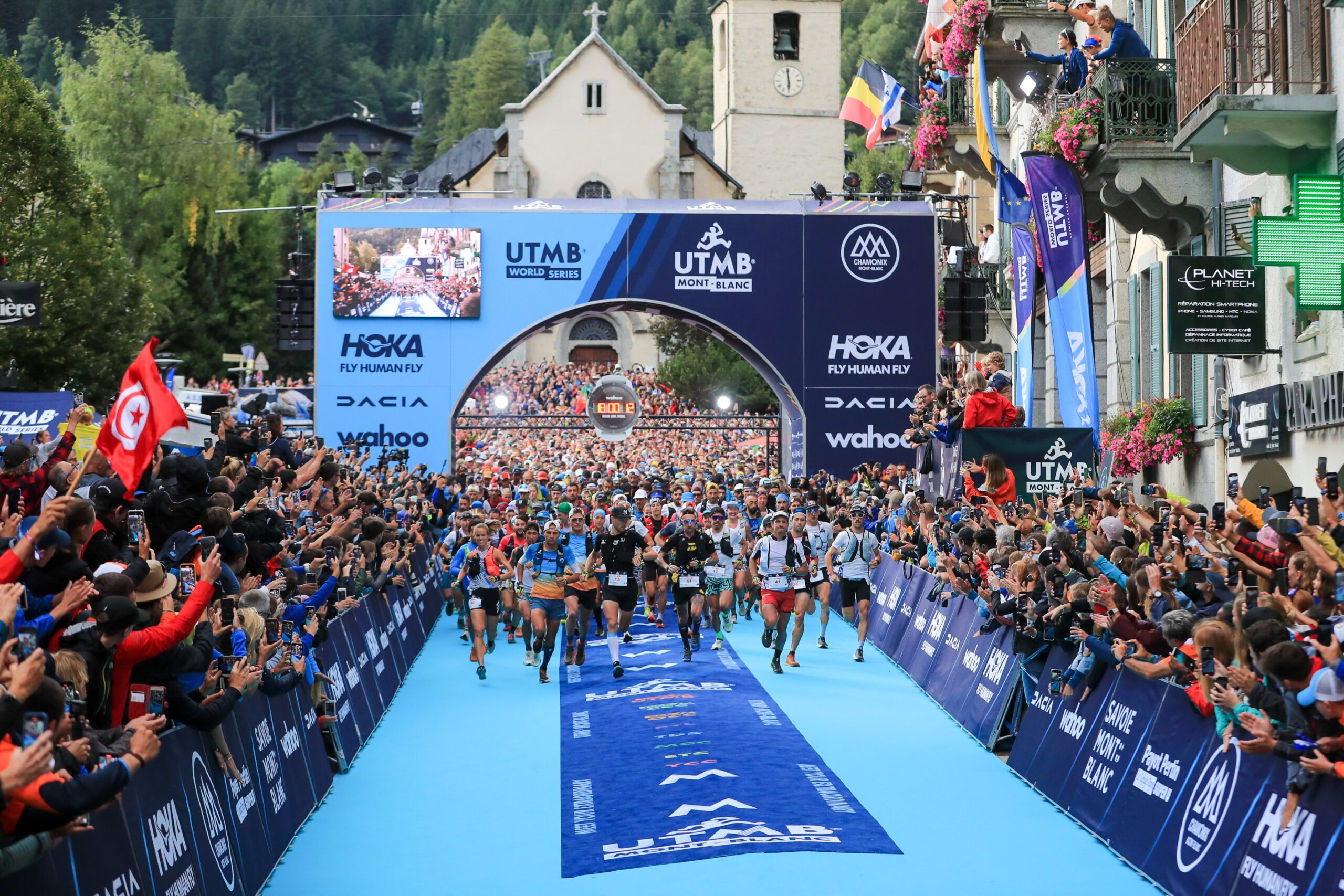
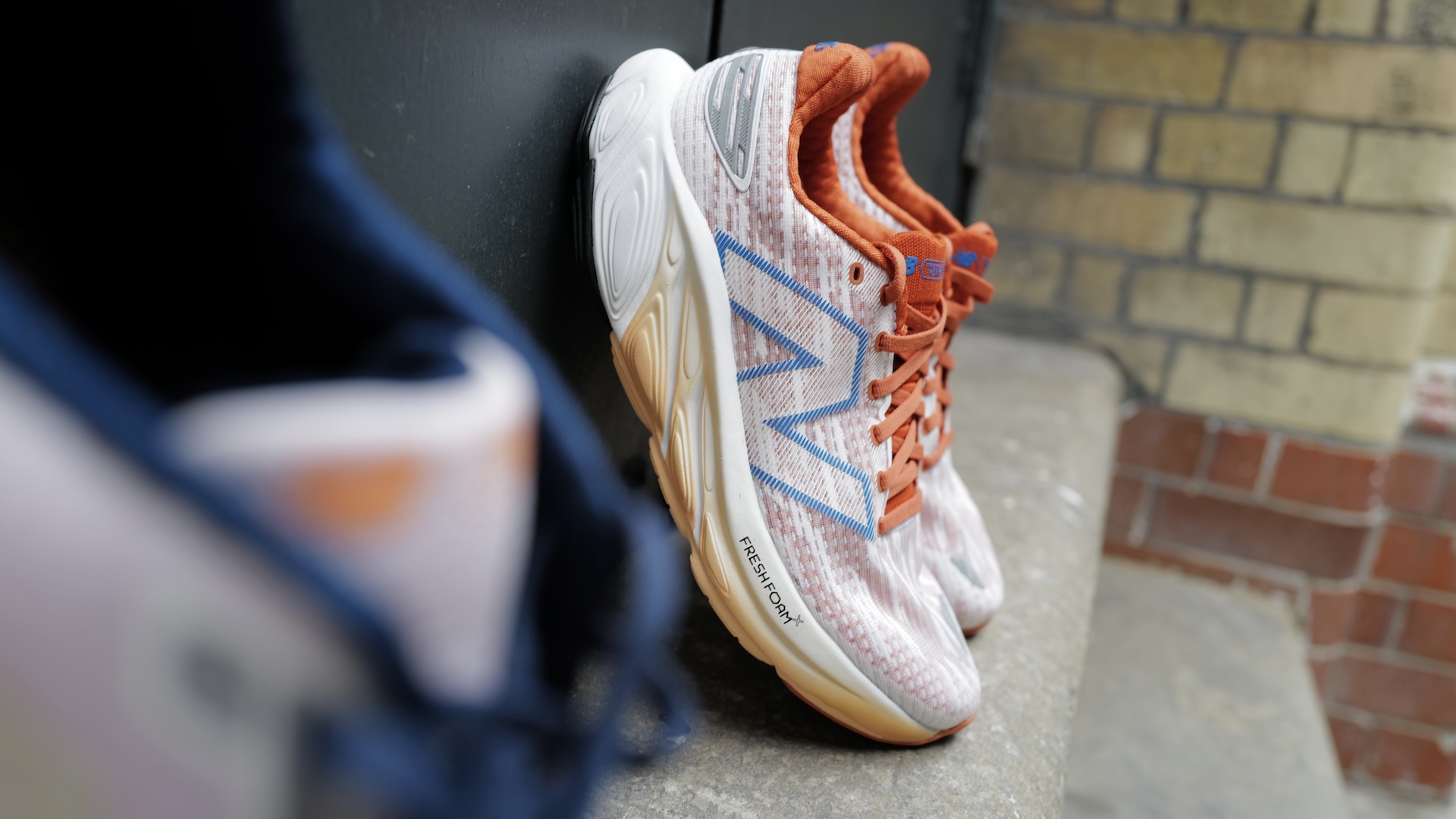
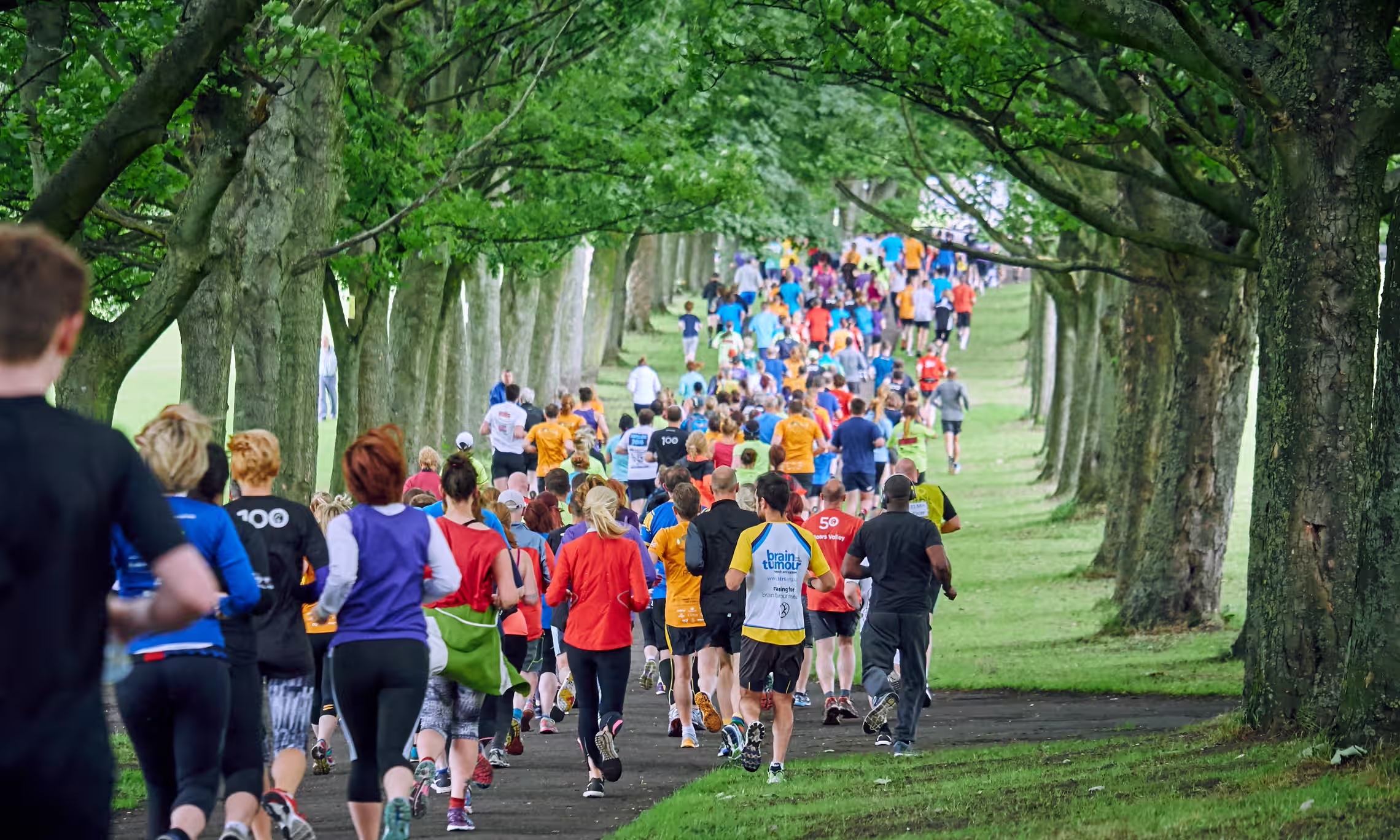


Running News
Ingebrigtsen Stars at World Athletics Indoor Championships 2025 – Plus All The Winners!
Sam Ruthe Is First 15-Year-Old To Run A Four-Minute Mile!
Eliud Kipchoge Will Run The 2025 Sydney Marathon!